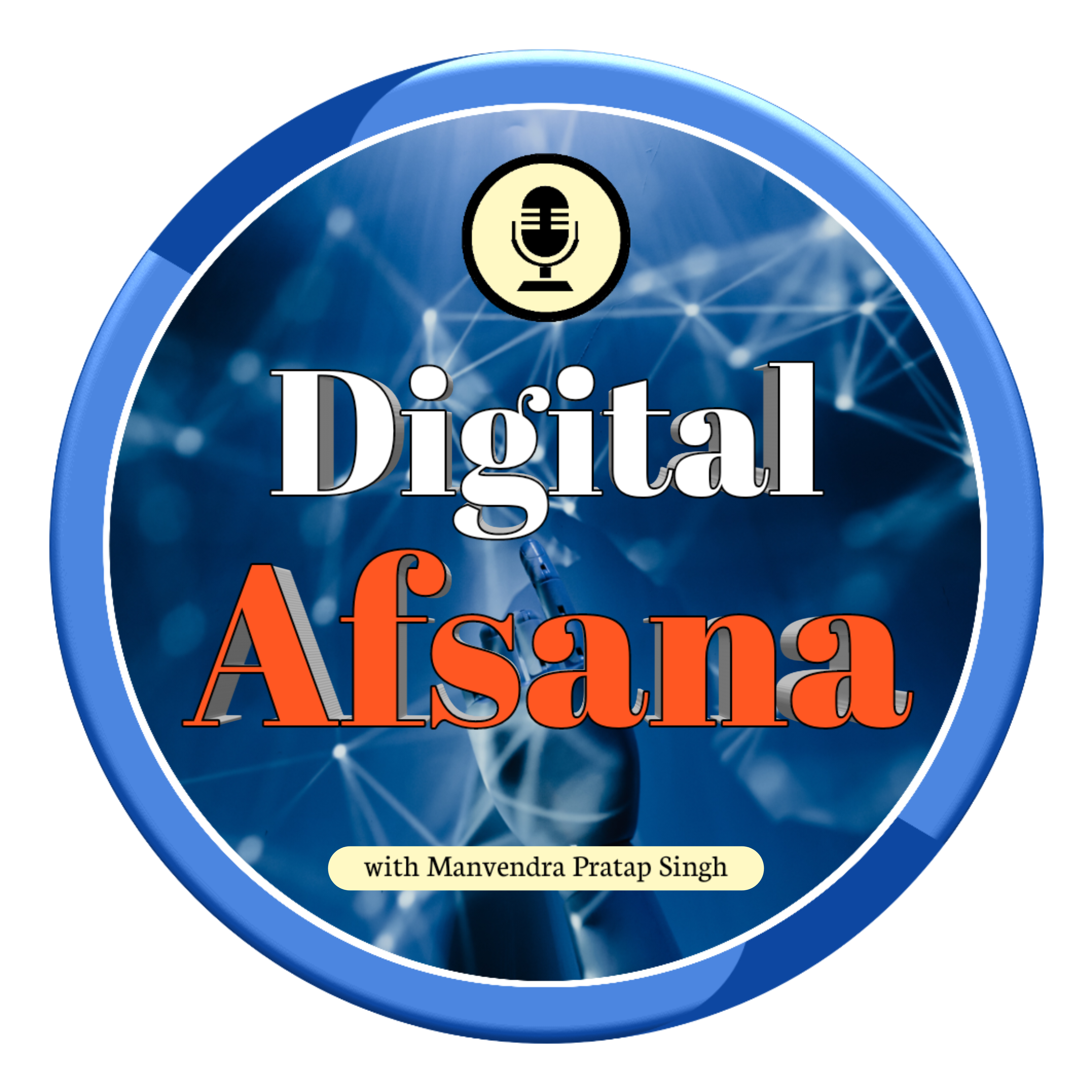Evolving Trends in Social Media News Consumption
In the fast-paced digital age, the way we consume news has undergone a seismic shift. Gone are the days of waiting for the morning newspaper or tuning in to the evening news on television. The rise of social media has transformed the landscape of news consumption, shaping the way information is disseminated, received, and perceived. In this era of instant connectivity, exploring the evolving trends in social media news consumption becomes essential to understand the dynamics of the information age.
Table of Contents
1. Real-Time Updates: The Pulse of Social Media
Social media platforms have become the beating heart of real-time updates. Whether it’s breaking news, live events, or unfolding crises, platforms like Twitter and Facebook provide users with instantaneous information. The immediacy of these updates has redefined our expectations, making us accustomed to having news at our fingertips 24/7. From natural disasters to political developments, social media has become the first responder in delivering information as events unfold.
2. User-Generated Content: The Power of Citizen Journalism

With the advent of smartphones, every individual has become a potential journalist. User-generated content on platforms like Instagram and YouTube offers a unique perspective on events. Whether it’s eyewitness videos, photos, or personal narratives, citizen journalism has gained prominence, providing a more inclusive and diverse range of voices in the news landscape. However, it also raises questions about the authenticity and reliability of such content.
3. Personalized Feeds: Tailoring News to Individual Preferences
Algorithms on social media platforms curate personalized news feeds based on user behavior, preferences, and interactions. This tailoring of content ensures that users are presented with news that aligns with their interests. While this enhances user experience by providing relevant information, it also creates filter bubbles, limiting exposure to diverse perspectives and potentially reinforcing existing beliefs.
4. Multimedia Storytelling: Beyond Text-Based News
The rise of social media has pushed news organizations to embrace multimedia storytelling. Videos, infographics, and interactive content have become integral to news consumption. Platforms like Snapchat and TikTok have popularized bite-sized news content, catering to audiences with shorter attention spans. This shift towards multimedia not only makes news more engaging but also caters to the visual preferences of the modern audience.
5. Trust and Misinformation: Navigating the Information Maze
The ease with which information spreads on social media has given rise to concerns about misinformation and fake news. The viral nature of sensationalized content poses challenges in discerning fact from fiction. Social media platforms are grappling with the responsibility of curbing misinformation, introducing fact-checking measures, and collaborating with news organizations to ensure the dissemination of accurate information.
6. Conversational Journalism: Engaging Audiences in Dialogue
Social media has transformed news consumption from a passive to an interactive experience. Audiences can engage in real-time conversations with journalists, news organizations, and fellow readers. Platforms like Twitter encourage discussions, debates, and the exchange of diverse viewpoints. This shift towards conversational journalism fosters a sense of community and connectivity among news consumers.
7. Rise of News Aggregators: Streamlining Information Overload
As the volume of information on social media continues to grow, news aggregators play a crucial role in streamlining content. Apps and platforms like Flipboard and SmartNews curate news articles based on user preferences, providing a one-stop destination for diverse news sources. While this simplifies access to information, it also raises concerns about the potential for bias in algorithmic curation.
8. Influencers as News Curators: Shaping Public Opinion
Social media influencers, once primarily associated with lifestyle and entertainment, have become influential curators of news. Individuals with large followings on platforms like Instagram and YouTube often share news stories, offering their take on current events. This blurring of lines between traditional journalism and influencer content raises questions about the credibility and responsibility of influencers in shaping public opinion.
9. Mobile-First Consumption: News on the Go
The ubiquity of smartphones has led to a shift in news consumption habits, with users favoring mobile devices as their primary source of information. Social media apps optimized for mobile platforms allow users to consume news on the go, contributing to the portability and accessibility of information. This trend aligns with the contemporary lifestyle characterized by constant movement and multitasking.
10. Challenges for Traditional Journalism: Adapting to the Digital Age
The evolving landscape of social media news consumption presents challenges for traditional journalism. Established media outlets must adapt to changing audience behaviors, embrace digital formats, and find innovative ways to compete in a crowded online space. Building and maintaining trust in an era where information is abundant and often questioned is a paramount challenge for traditional news organizations.
In conclusion, the evolving trends in social media news consumption reflect a dynamic interplay between technology, user behavior, and the changing nature of journalism. While the instant accessibility of information and the democratization of news dissemination offer unprecedented benefits, they also pose challenges related to misinformation, filter bubbles, and the evolving role of traditional journalism. Navigating this landscape requires media literacy, critical thinking, and a continued dialogue on the ethical responsibilities of both social media platforms and news consumers. As we witness the evolution of how we consume news, the key lies in striking a balance between the convenience of digital platforms and the integrity of reliable, well-vetted journalism.
